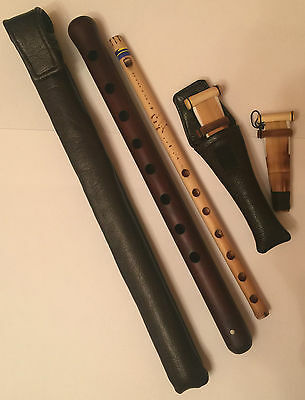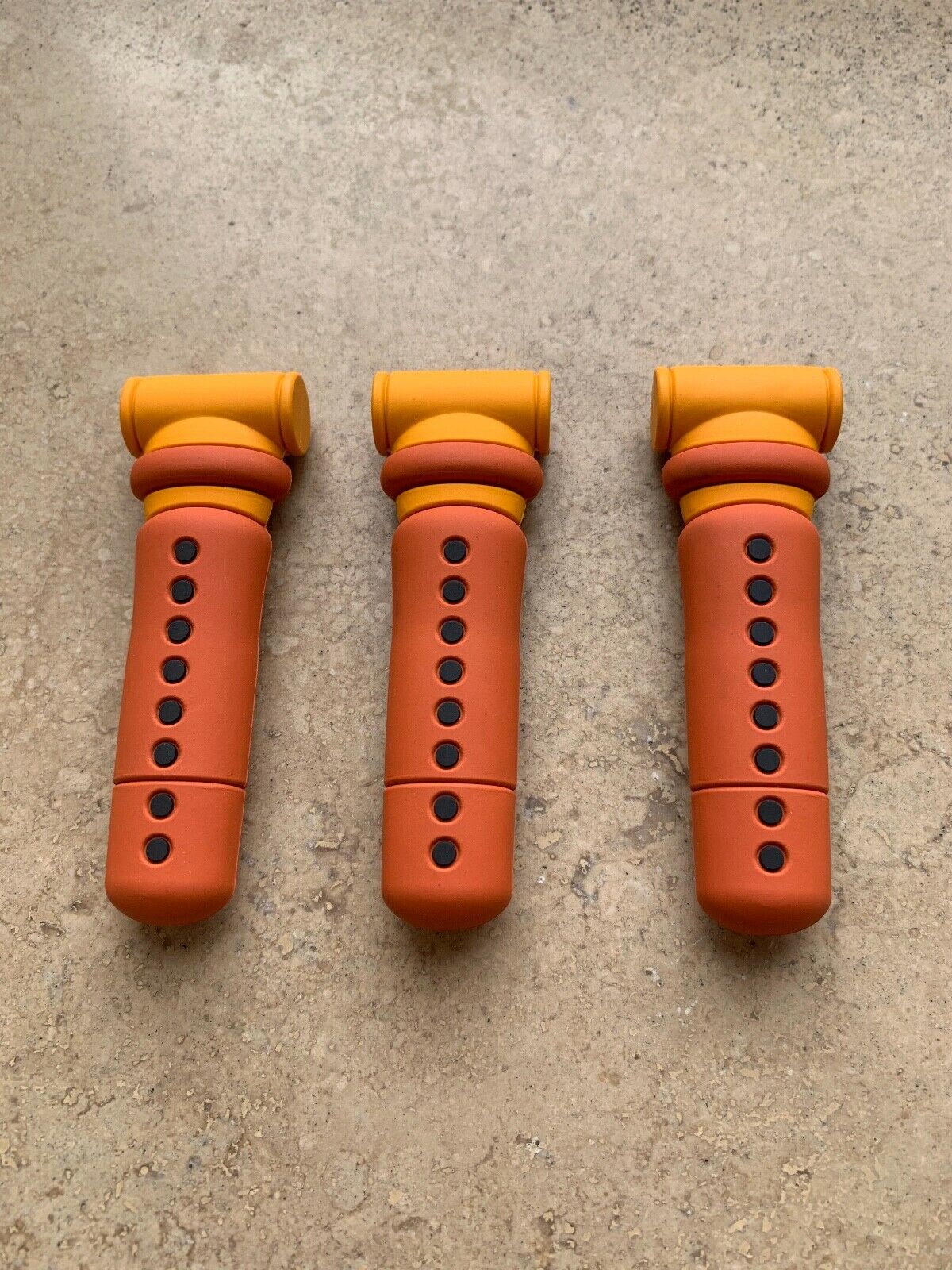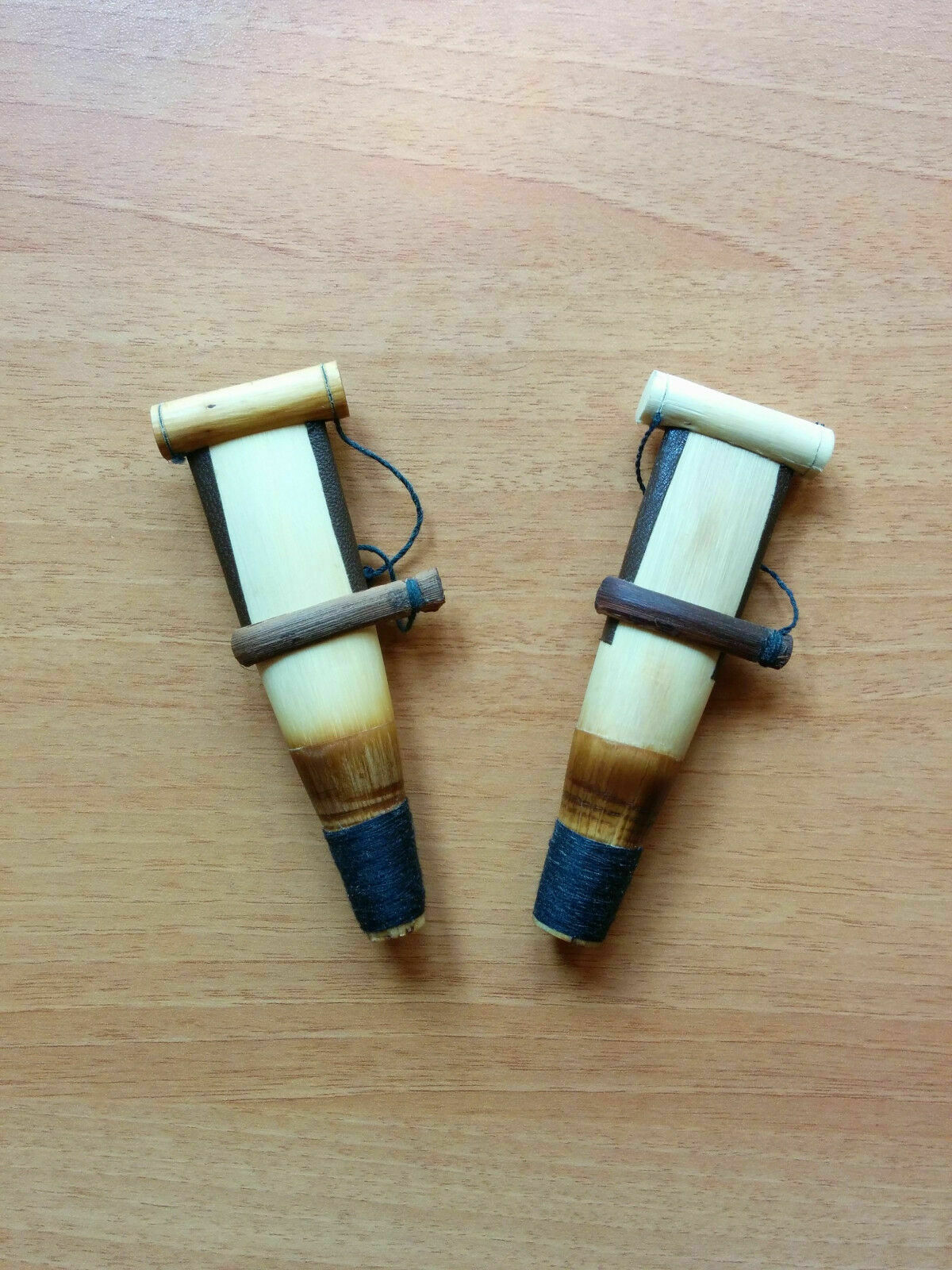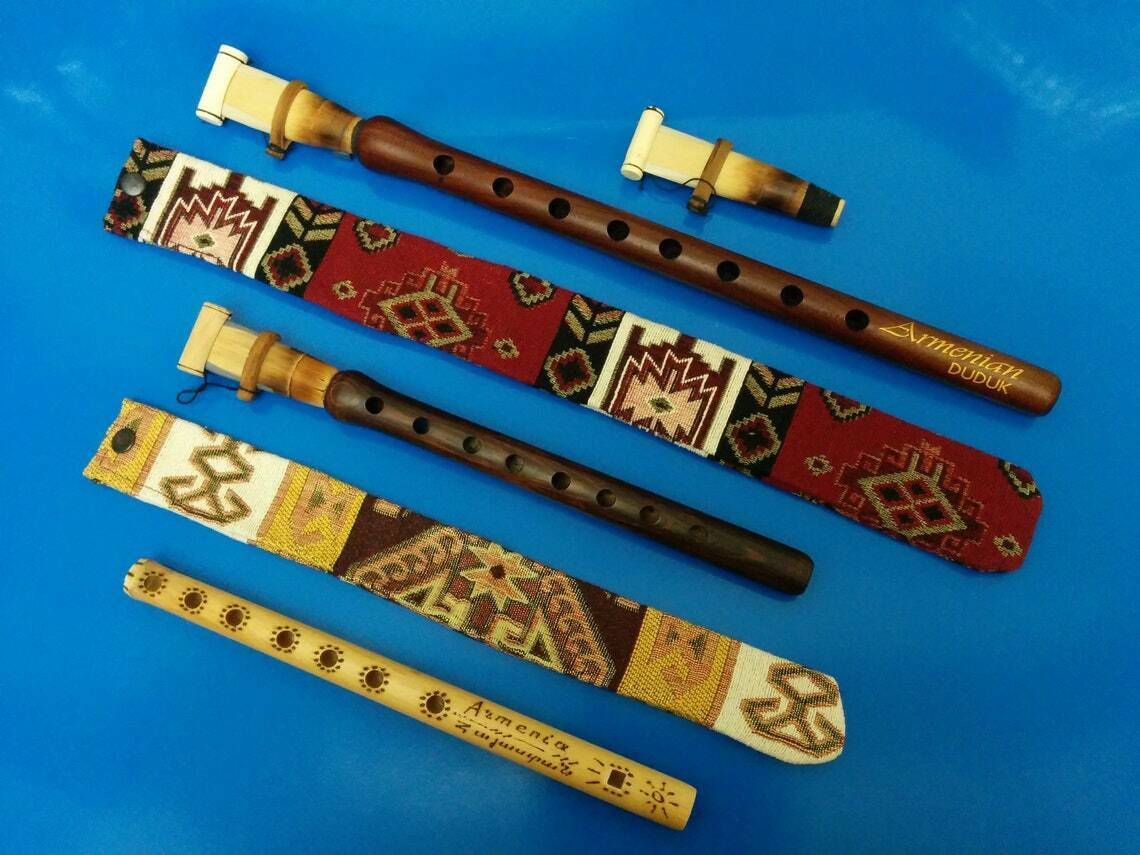-40%
reed +DUDUK +CASE+instruction FROM ARMENIA Hand made APRICOT WOOD High quality
$ 25.86
- Description
- Size Guide
Description
High qualityARMENIAN
DUDUK+reed
The
duduk
(
doo-dook
) is an ancient
double-reed
woodwind
flute made of apricot wood. It is indigenous to
Armenia
.It is commonly played in pairs: while the first player plays the song, the second plays a steady drone, and the sound of the two instruments together creates a richer, more haunting sound.
The unflattened reed and cylindrical body produce a sound closer to the
English horn
than to more commonly known double-reeds. Unlike other
double reed
instruments like the
oboe
or
shawm
, the duduk has a very large reed proportional to its size.
UNESCO
proclaimed the Armenian duduk and its music as a
Masterpiece of the Intangible Heritage of Humanity
in 2005 and inscribed it in 2008. Duduk music has been used in a number of films, most notably in
The Russia House
and
Gladiator
.
Benik Ignatyan playing the duduk at the
Armenian Genocide memorial complex
in
Yerevan
, Arme
nia, 1997
Reeds are made from first-class durable Bamboo
!
!!This is not a souvenir and You can play music!!!
Key:
A
Skill Level:
Intermediate
Size length: 35.5 sm or 14"
With reed: 42-43 sm or 17"
(If you need other keys, please contact me)
Included:
1duduk
1 reed
1 case (
case will be different
)
Made first-class Armenian masters
!!!!
APRICOT WOOD !!!!
I offer you first-class (LEATHER Protected Reeds) and Duduks
History
Armenian musicologists cite evidence of the duduk's use as early as 1200 BC, though Western scholars suggest it is 1,500 years old. Variants of the duduk can be found in
Armenia
and the
Caucasus
. The history of the Armenian duduk music is dated to the reign of the Armenian king
Tigran the Great
, who reigned from 95–55 B.C. According to ethnomusicologist Dr. Jonathan McCollum, the instrument is depicted in numerous Armenian manuscripts of the Middle Ages, and is "actually the only truly Armenian instrument that's survived through history, and as such is a symbol of Armenian national identity ... The most important quality of the duduk is its ability to express the language dialectic and mood of the Armenian language, which is often the most challenging quality to a duduk player."
*
How To
Play The duduk
*
The Armenian duduk is a very simple and organic instrument, and it allows for a great deal of individual expression. To begin, it requires a great deal of breath, so proper posture and being relaxed is important. The breath control is exactly like that of a singer, or an actor, in that you should breath from your diaphragm, and not your chest. Do not slouch, or bow your head, this will only block your breath/energy and make you work even harder to play the instrument!
The reed, while being quite large, only gets played at the very end, with only 1/4" to 1/2" being inserted into your mouth. It should not touch your teeth, and your upper and lower lips should be secure on it just enough to make it vibrate without any loss of air. It is important to note that, unlike a clarinet, it does not need to be squeezed against the lips, because you can actually pinch off your sound. The cheeks are allowed to puff out a little, this actually helps your embouchure. The correct way to do a vibrato is by moving your lower lip only, and not by moving your jaw.
The fingers are relaxed, at ease, and slightly curved. it may help to think of this looseness as beginning in your arms, then flowing down into your wrists, and hands. The fingers are spaced in two separate ways, depending in the needs of the tune you are playing. In general, if you only need the top seven fingers, then the top hand uses three fingers and the bottom uses all four. However, if you will need all eight notes in the piece you will be playing , then both hands use all four fingers each. Notice that between these two positions, there is a slight shift of where the fingers fall on the holes for the top hand only.
As mentioned in the tuning section, when you play top four notes (#1 through #5 on the fingering chart), you will want to keep all of the notes on the lower hand closed. This not only will keep the top notes from being too sharp, it also allows more of your instrument to resonate and therefore the sound will be better. When you begin to play the duduk, you will soon learn that playing is tuning... You must always be adjusting the reed in order to keep your pitch correct, and you do this by getting it as close as you can with the bridle before you start, and then you have to use your lips and fingers while your playing.
You should begin by playing the holes all the way off and on. Then when this becomes easier, start to work on your half-hole technique. You will need to get a feel for where the actual note is (it's good to use a piano) and then work on hitting it right from the start without it sliding around. You will also notice that you need to blow harder to maintain the volume as compared to the completely open notes. The put it in sequence with other notes. You should ultimately be able to half-hole cleanly on every note, and not be able to tell which notes are full and which ones are half-holed.
It is interesting to note that in Armenia, duduks are traditionally played in pairs, with one person playing melody and one person playing a continuous drone note called the "dam", or "damkash". In Armenia, it is common for the student to hold the note for the teacher as part of his learning the instrument because it helps to develop the muscles, as well as to perfect their intonation. This "circular breathing" is done by puffing up the cheeks with air while you are playing, then when you need to breath, you cut off the air in your throat At his point, you simultaneously use the reserved air in your cheeks to keep the note going as you refill your lungs through your nose. You then reengage your lungs and the note never falters...It may be help to use an analogy here: think of the whole process as if you were releasing and then reengaging the clutch in the manual transmission of a car, while keeping it in the same gear. Your cheeks are the clutch
Good luck and happy duduking
!!!
GOOD LUCK AND HAPPY BIDDING
!!!
Payment:
We only accept
Paypal
.
Shipment:
We will ship for you within 1-3 days
after payment cleared (except the holidays)
Y
ou will receive within 3-5 weeks.
WORLDWIDE REGISTERED SHIPPING!
Feedback:
Please do not put a
negative
or
neutral
feedback before contacting us.
For our business is very important. We are always ready to help you.
If you have any question with your purchase
you can just contact with me we will try to help you
WORLDWIDE REGISTERED SHIPPING with
Tracking Number.
you can track
haypost.am
















